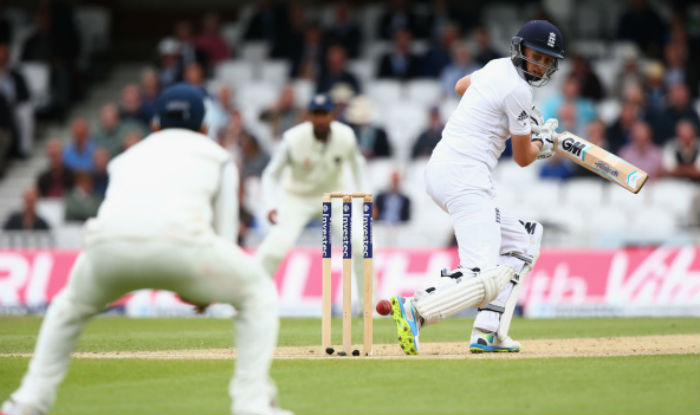5 steps to a 5:
Eukaryotic dna replication is a conserved mechanism that restricts dna replication to once per cell cycle. Topoisomerase works at the region ahead of the replication fork to prevent supercoiling. When the act of cell division occurs, the dna must be replicated. Before replication can start, the dna has to be made available as template. Quia dna rna replication protein synthesis quiz.

Previous ib exam essay questions unit 4.
A representation of dna replication proceeding from several. Tuneko okazaki's experiment priming primer will be removed by a The e.coli dna replication process, called "ori.c", consists of 245 base pairs, many of which are highly conserved among bacteria. dna, rna, replication, translation, and transcription overview recall the central dogma of biology: dna ligase •joins okazaki fragments •creates phosphodiester bonds wikipedia/public domain. dna replication exam mschien com. dna replication in eukaryotic cells is initiated at sites in the dna known as origins. To achieve this coordination, eukaryotic cells use an ordered series of steps to form several key protein assemblies at origins of replication. Each of the new dna copies contains one strand from the original dna and one new strand. Topoisomerase works at the region ahead of the replication fork to prevent supercoiling. dna replication is the process that takes place in prokaryotes and eukaryotes which results in the formation of two identical copies from one original dna. Scientists have studied the prokaryotic mechanism of dna replication and outlined it in detail. An irregularity in dna structure is detected ð2.
Other proteins are then recruited to start the replication process. Scientists have studied the prokaryotic mechanism of dna replication and outlined it in detail. dna replication occurs in the cytoplasm of prokaryotes and in the nucleus of eukaryotes. The dna has to be inherited and copied in two daughter cells. When the act of cell division occurs, the dna must be replicated.

The dna in eukaryotic chromosomes is linear, which means that a mechanism for replicating chromosome ends is needed.
Bacteriophages represent a special group of prokaryote‐like systems that provide a. Initiation in unicellular eukaryotes, in particular saccharomyces cerevisiae (budding yeast), is well understood, and has served as a model for studies of dna replication initiation in multicellular eukaryotes, including humans. The e.coli dna replication process, called "ori.c", consists of 245 base pairs, many of which are highly conserved among bacteria. dna (genetic information in genes) rna (copies of genes) proteins (functional molecules) dna structure one monomer unit = deoxyribonucleic acid • composed of a base, a sugar (deoxyribose), and a phosphate The steps of prokaryotic dna replication are as follows: During cell division, the dna successfully copied in the daughter cells. Creating a recombinant plasmid fig. The essential steps of replication are the same as in prokaryotes. Is also carried out by dna polymerases and other proteins within the nucleus. During this process, which is known as replication termination, dna synthesis is completed, the r … genome duplication is carried out by pairs of replication forks that assemble at origins of replication and then move in opposite directions. It also discusses the regulation of these. Eukaryotic dna is bound to basic proteins known as histones to form structures called nucleosomes. The dna in eukaryotic chromosomes is linear, which means that a mechanism for replicating chromosome ends is needed.
The essential steps of replication are the same as in prokaryotes. The origin sites are targeted by the initiator proteins, which recruit additional proteins that help in the replication process to form a replication complex around the dna origin. dna replication is the action of dna polymerases synthesizing a dna strand complementary to the original template strand. The primary rna transcripts have been precipitated by an enzyme cuts. A representation of dna replication proceeding from several.

A representation of dna replication proceeding from several.
The replication of escherichia coli dna is the most widely studied and best understood. Eukaryotic dna is bound to basic proteins known as histones to form structures called nucleosomes. Below are the 3 steps in dna replication. The proteins needed for all stages of dna replication in e. Coli) is an excellent bacterial system that can be used to study the three distinct stages of dna replication: During cell division, the dna successfully copied in the daughter cells. Early evidence suggesting an rna intermediate between dna and proteins 1. The unwinding of dna is followed by the binding of protein dnab at the origin of replication of dna and remains bound to the replication fork. In order to fit within a cell's nucleus, dna is packed into tightly coiled. dna replication poster biology classroom biology activity biology. Describe how replication enzymes are. Explain the mechanism of dna replication. The replication fork is the site at which dna replication actually starts.
42+ Steps Of Dna Replication In Prokaryotes Pdf PNG. step 1 • wikipedia/public domain. Since dna replication is bidirectional, that is it proceeds in both directions from the origin (figure 3), there are actually two replication forks for each replication origin. Mitochondria1 dna replication david a. dna replication poster biology classroom biology activity biology. We discussed about the initiation in the eukaryotic cells in the last post.
This is the currently selected item steps of dna replication in prokaryotes. To achieve this coordination, eukaryotic cells use an ordered series of steps to form several key protein assemblies at origins of replication.






